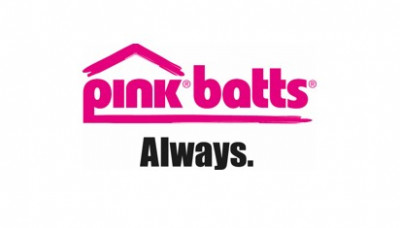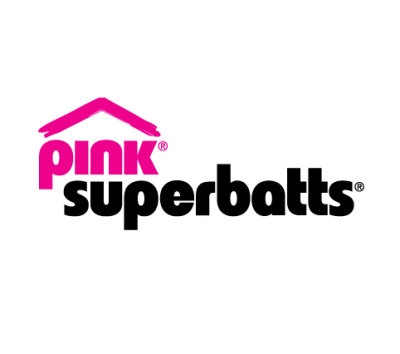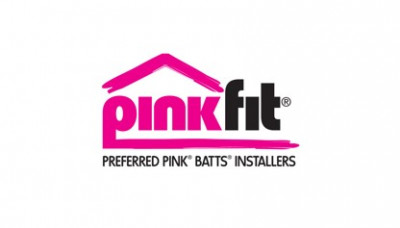
Hit enter to search or ESC to close
Insulation regulations
for rental properties
Healthy Homes Standards
Since 1 July 2019, ceiling and underfloor insulation is compulsory in all rental homes, where it is reasonably practicable to install. These requirements apply to all rental properties covered by the Residential Tenancies Act (RTA). The standards will play a significant role in improving the wellbeing of New Zealanders and their families.
New Zealanders who rent will experience improved health, as well as lower medical costs and lower levels of hospitalisations. Warmer and drier homes are also less likely to have issues with mould or mildew damage, better protecting a landlord’s investment.
What is the required level of insulation for rental homes?
Insulation is measured in terms of R-value where ‘R’ stands for thermal resistance. It is a rating which measures how well insulation can resist heat flow. New insulation in rental homes needs to meet minimum R-values depending upon the area of country in which property is in.
Ceiling and underfloor insulation has been compulsory in all rental homes since 1 July 2019, where it is reasonably practicable to install. Underfloor insulation needs a minimum R-value* of 1.3. Existing ceiling insulation may need to be topped up or replaced if it is not in a reasonable condition, and in most situations, existing ceiling insulation needs to be at least 120mm thick. If ceiling insulation needs to be topped up, it needs to meet minimum R-values as set out in the 2008 Building Code.
* ‘R’ stands for resistance – an R-value is a measure of how well insulation resists heat flow
Upcoming Healthy Homes Standards
The healthy homes standards include new requirements for insulation, which will take effect from 1 July 2021 for some rental properties, with all rental properties to comply by 1 July 2025.
The Healthy Homes Standards (HHS) increases the minimum requirements for existing insulation in rental properties. This means that some rental homes that did not require new insulation under the Residential Tenancy Act (RTA) 2016 standards may now require a ceiling insulation upgrade or new underfloor insulation. All private rentals need to comply within 90 days of any new or renewed tenancies after 1 July 2021. We recommend complying with the Healthy Homes Standards now so that you can stay stress-free when the deadline comes.
Required statements for tenancy agreements
Insulation statement
Since 1 July 2016, landlords have needed to provide an insulation statement in all new tenancy agreements.
Learn more about insulation statement
Healthy Homes Standards compliance statement
From 1 December 2020, landlords must include a separately signed healthy homes standards compliance statement in most new or renewed tenancy agreements. It will include specific and prescribed information about how the landlord complies or intends to comply with Healthy Homes Standards.
Learn more about Healthy Homes Standards compliance statement
How can PinkFit® help?
PinkFit® installers can advise you on the best way to meet the regulations and ensure your property meets the standards.
- The PinkFit® insulation assessment has been updated to cover both the Residential Tenancy Act (RTA) and the future Healthy Homes Standards insulation needs.
- You will receive an Insulation Assessment Report. If the insulation meets RTA requirements and upcoming Healthy Homes Standards this report will provide you the information necessary to make
- PinkFit® offers quote and install for Pink® Batts® ceiling and underfloor insulation; and ground moisture barrier to meet current insulation regulations under RTA and also upgrade to meet new Healthy Homes Standards (HHS) where necessary
- PinkFit® will ensure that insulation is installed in accordance with New Zealand Standard NZS 4246:2016 and you will receive a Guarantee Certificate.



